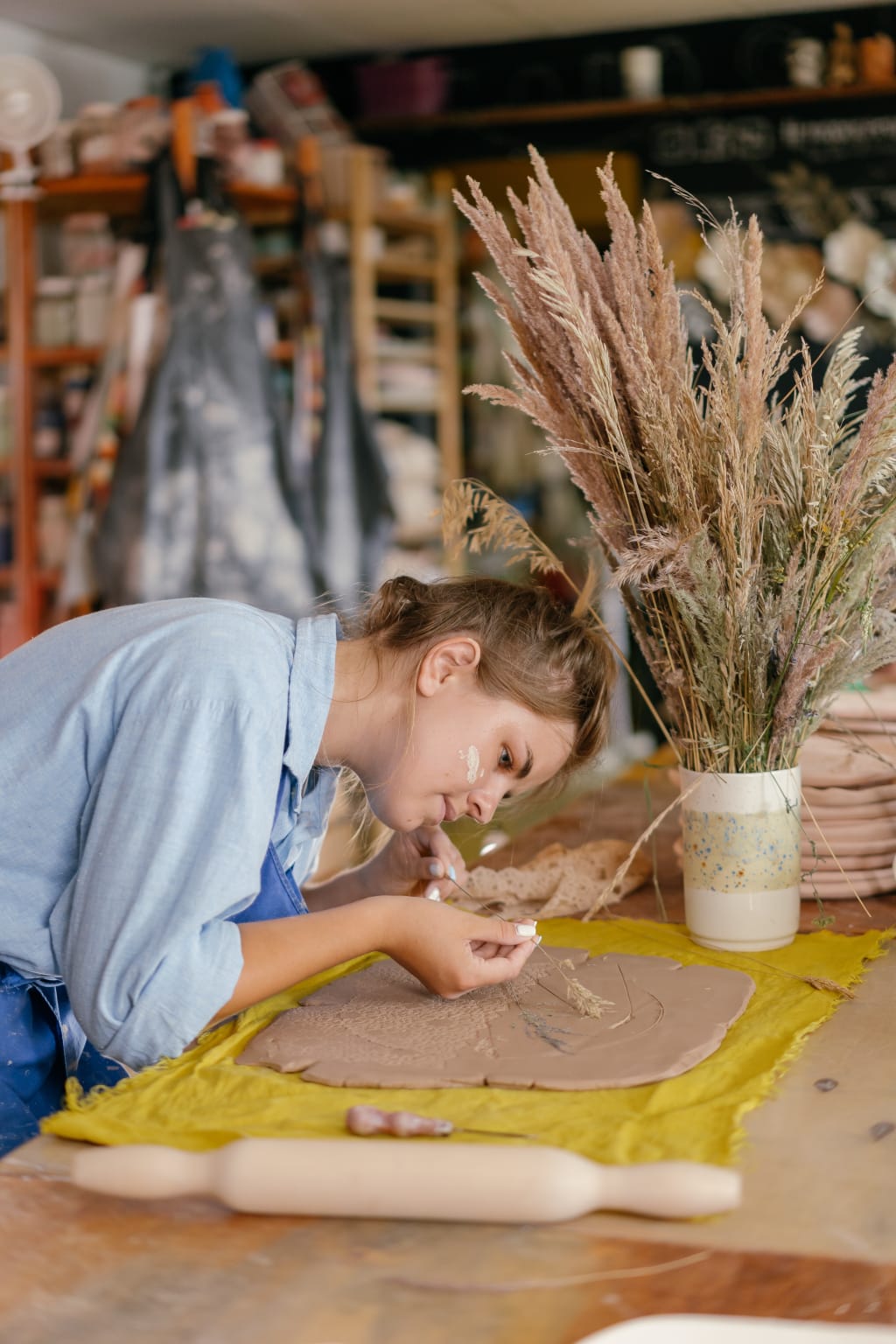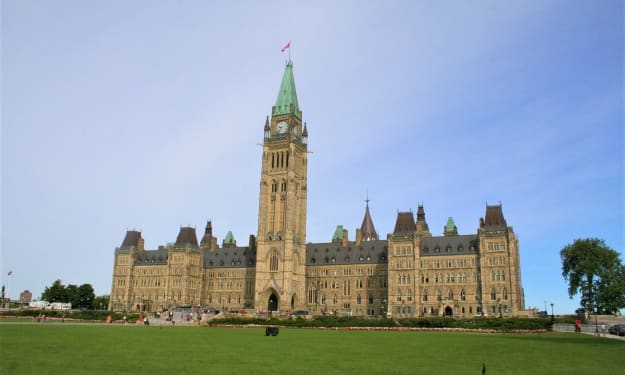Iceland Mandates Successful Offline Self-Discovery Programs to Solve Teens’ Problems
"Never doubt that a small group of thoughtful, committed citizens can change the world; indeed, it’s the only thing that ever has." Margaret Mead, anthropologist

Sometimes, I’m sure we may still wonder how we ever survived the hazards of being a teenager ourselves. Even without the internet, how many of our own stories can tell about growing up, tolerating high risks, following our own rules to discover our brand of independence. It’s the nature of the adolescent brain to function more with emotional reactions until more logical thinking patterns develop in the neocortex by the age of 20 plus.
However, as the devil’s advocate, I am deeply disappointed about our society's lack of logical sequence that denies the long-term well-being care of teenagers in a distracting and disruptive social media culture because of perceived lack of public attention or funding.
For many years, an American professor of psychology who specializes in cognitive behavior for at-risk youth, Harvey Milkman, has made a dissertation that drugs and alcohol give children’s brains different types of stimuli depending on the child’s biology. He said that “children who want a rush are going to find that through substance abuse or shoplifting or violence. Children who are anxious are going to use substances (like alcohol) to calm themselves down and lose the inhibitions that are a consequence of their anxiety.”
Whatever the causation, there are increasing worrying trends among teens with regard to delinquency, drugs, alcohol abuse and social media fixation.
Can a connection be made here that addiction to Social Media may be about the search for that spontaneous excitement or that drama that defies limitations?
The Big Question is how we can use natural highs with our own brain chemistry to change levels of interest without the deleterious effects of drugs or self-phone addiction?
What if, our real-life communities can set up regular offline activities to stimulate the teens' interests and challenges to counter online indulgences?
This evolving social problem calls for a solution beyond educational programs with preventative warnings about drinking and drug dangers that simply often don’t work.
Why not offer programs to teenagers with natural-high alternatives to drugs and crime?
So Iceland came up with a different approach with curfews, sports, and understanding kids’ brain chemistry that all helped to dramatically curb substance abuse in the country to celebrate as European’s cleanest-living teens. This brilliant implementation became a nationwide effort to substitute ways of changing brain chemistry through real experiences that could compete with the synthetic highs found in drugs (and maybe even cellphones)… How Iceland Got Teens to Say No to Drugs: The Atlantic 2017
The government mandated a Self-Discovery Project to provide young people with many opportunities to engage with each other in a safe place to hang out after school such as participating in arts and sports programs. Communities set up athletic tracks, heated indoor pools, and hands-on studios where teenagers could try new things like music, dance, hip hop, art, martial arts and more. They could show others their talents, be physically and intellectually active. Their comfort zones could be challenged as they try new things to add more self-confidence and self-esteem. Low-income families could participate with subsidized payments.
At the same time, teenagers get life-skills training, which focus on improving their thoughts about themselves and their lives, and their interactions with real people. “The main principle was that drug education doesn’t work because nobody pays attention to it. What is needed are the life skills to act on that information,” Milkman says.
The point is to make these opportunities socially stimulating enough to produce the same brain rewards as 8 hours of staring at a small screen.
The entire system was further incentivized with subsidies and tax breaks for parents as well as a number of agreements to help educate parents by strengthening their authority in the home, such as 8 or 9 parenting sessions a year. Healthcare organizations, churches, the police and social services were all encouraged to come together to try to improve each teen’s well-being and curb substance use.
What a grand idea … give kids something better to do with their time through support from parents and community!
And here’s the result. From 1998 to 2016 the rate of teens who reported being drunk in the past month dropped from 42 percent to 5 percent. Cannabis use dropped from 17 percent to 7 percent, and cigarette use declined from 23 percent to 3 percent.
Such exciting news, but then I read something very disappointing in another article: “A national program along the lines of Youth in Iceland is unlikely to be introduced in the US, however. One major obstacle is that while in Iceland there is long-term commitment to the national project, community health programs in the U.S. are usually funded by short-term grants.”
Seriously? Is the implication that there is some equivalence between short- term interventions and life-long youth addiction? Why would any society sacrifice its youth and potentially create long suffering adults prone to anxiety, depression, Xanax prescriptions and other health care costs?
Someone needs to make this statement, so I will as a devil’s advocate.
What if, it’s not just about lack of state funding for healthy teens, but more about protecting the big money interests? Who cares if social media turns teenagers into early consumers with hype, status and premature sexual roles, so that drugs and mental depression continue to be adult problems?
After all, there’s a lot of money to be made in social media to keep the cash flow growing.
In 2017, Snapchat made $1 billion, Twitter made $2 billion, and Facebook made $40 billion. Much of this money comes from advertising, suggesting that the companies that advertised there also made a lot of money from user’s clicks. Instagram, which was purchased by Facebook for $1 billion in 2012, was recently valued at $35 billion.
The bottom line is that these technology giants are obviously even more interested in teens posting their Selfies, spontaneously clicking, sharing and buying into their demonstrations, preying on their adolescent brains to be a somebody they cater to.
What if, these media giants can help fund programs to help teenagers find creative excitement and fulfillment offline in their own local communities? This kind of program may take a trickle out of their pocketbooks but also may give access to their hearts and conscience to do as much good as they can with their powers. Why not give back to those who support your business model to make them better citizens in the future?
Who will put a price on teenagers’ health?
In summary, in Iceland, the relationship between people and the state has allowed an effective national program to cut the rates of teenagers smoking and drinking to excess — and, in the process, brought families closer and helped kids to become healthier in all kinds of ways.
How can other countries or communities decide that these long-term benefits are worth much more than any amount of stress and money? Who will ask their public officials or government representatives to promote common sense incentives or even laws for more opportunities for teenagers to get high on their own brain chemistry in responsible and socially beneficial ways? Who can put a price on teenagers growing up to be happy, interested, and productive adults besides corporations or governments?
So many questions, but fact-based evidence is that a country-wide solution, like Iceland, has proven to be successful. The banner has been passed to each of us to advocate for our teen children to built a beneficial society for our world.
Annemarie Berukoff
Stunning New Facts about Mental Health Conditions among Teenagers from WHO — World Health Organization Oct.23. 2019
About the Creator
Annemarie Berukoff
Experience begets Wisdom: teacher / author 4 e-books / activist re education, family, social media, ecology re eco-fiction, cultural values. Big Picture Lessons are best ways to learn re no missing details. HelpfulMindstreamforChanges.com
Enjoyed the story? Support the Creator.
Subscribe for free to receive all their stories in your feed. You could also pledge your support or give them a one-off tip, letting them know you appreciate their work.






Comments
There are no comments for this story
Be the first to respond and start the conversation.